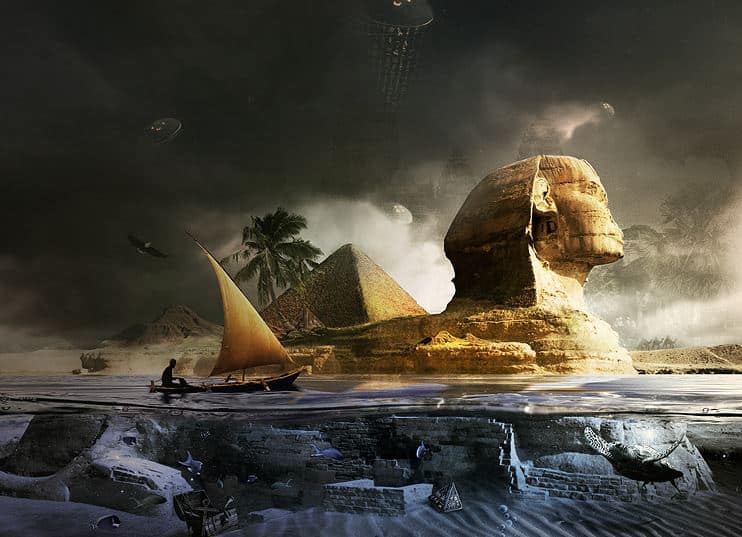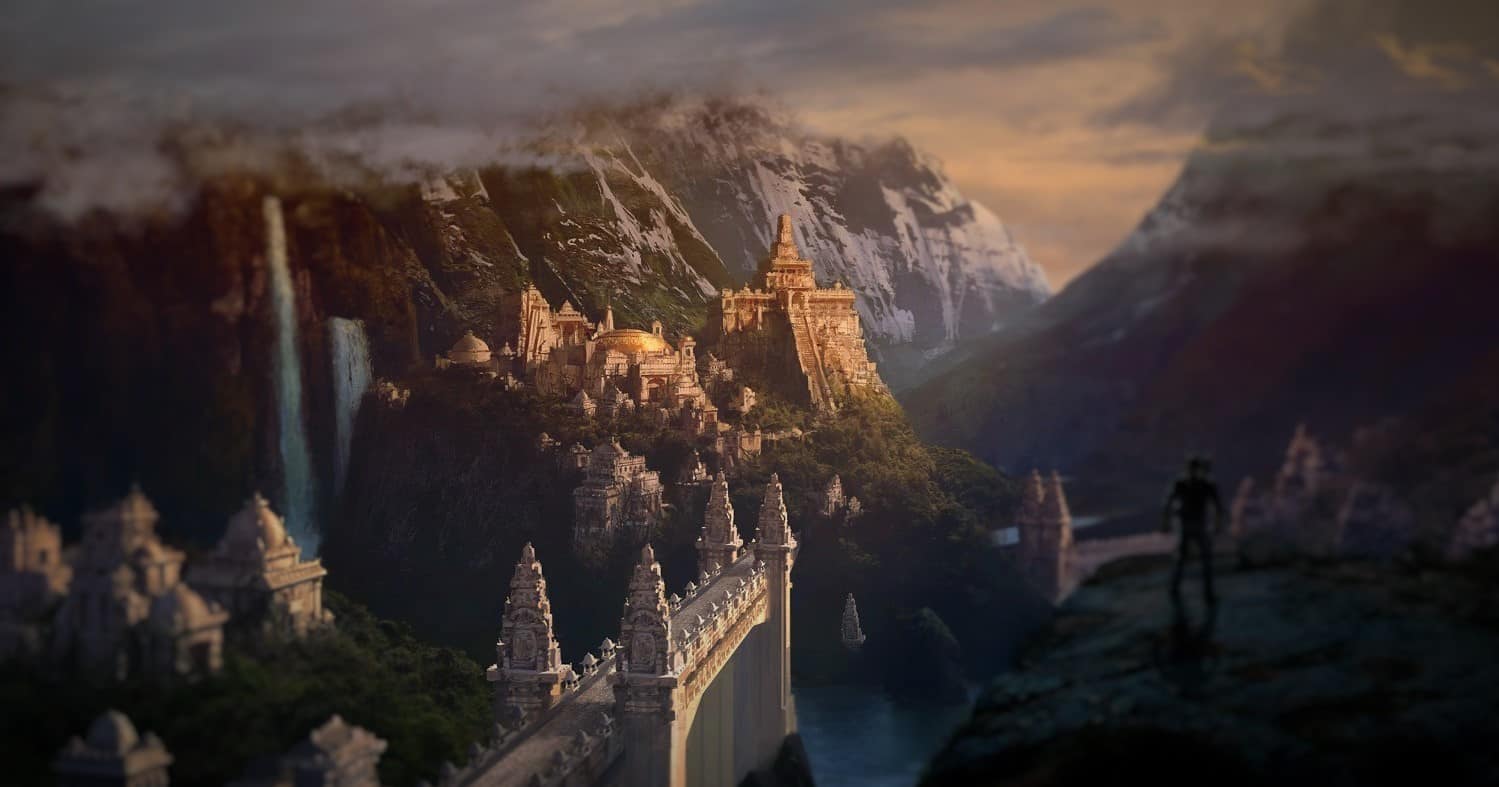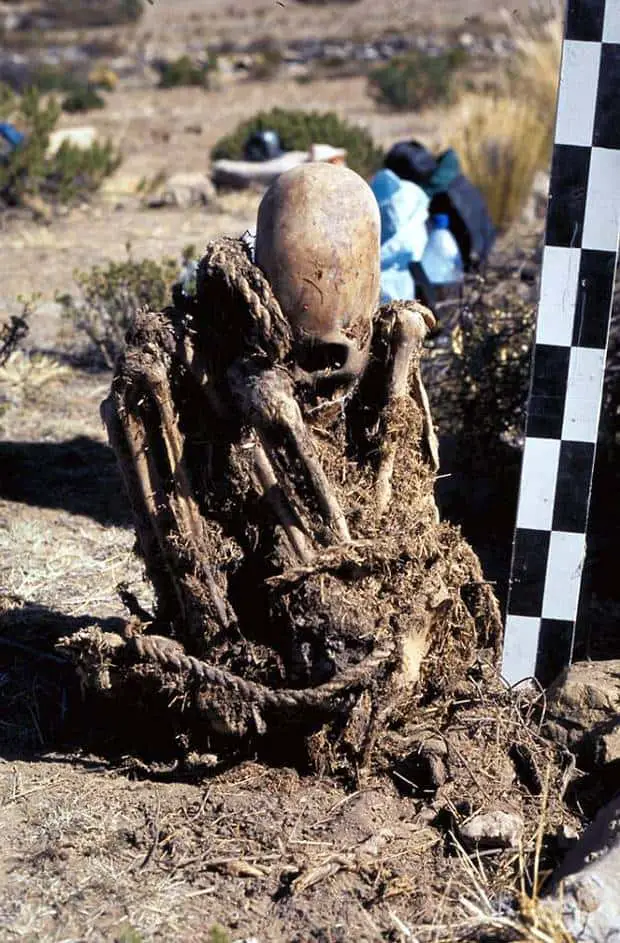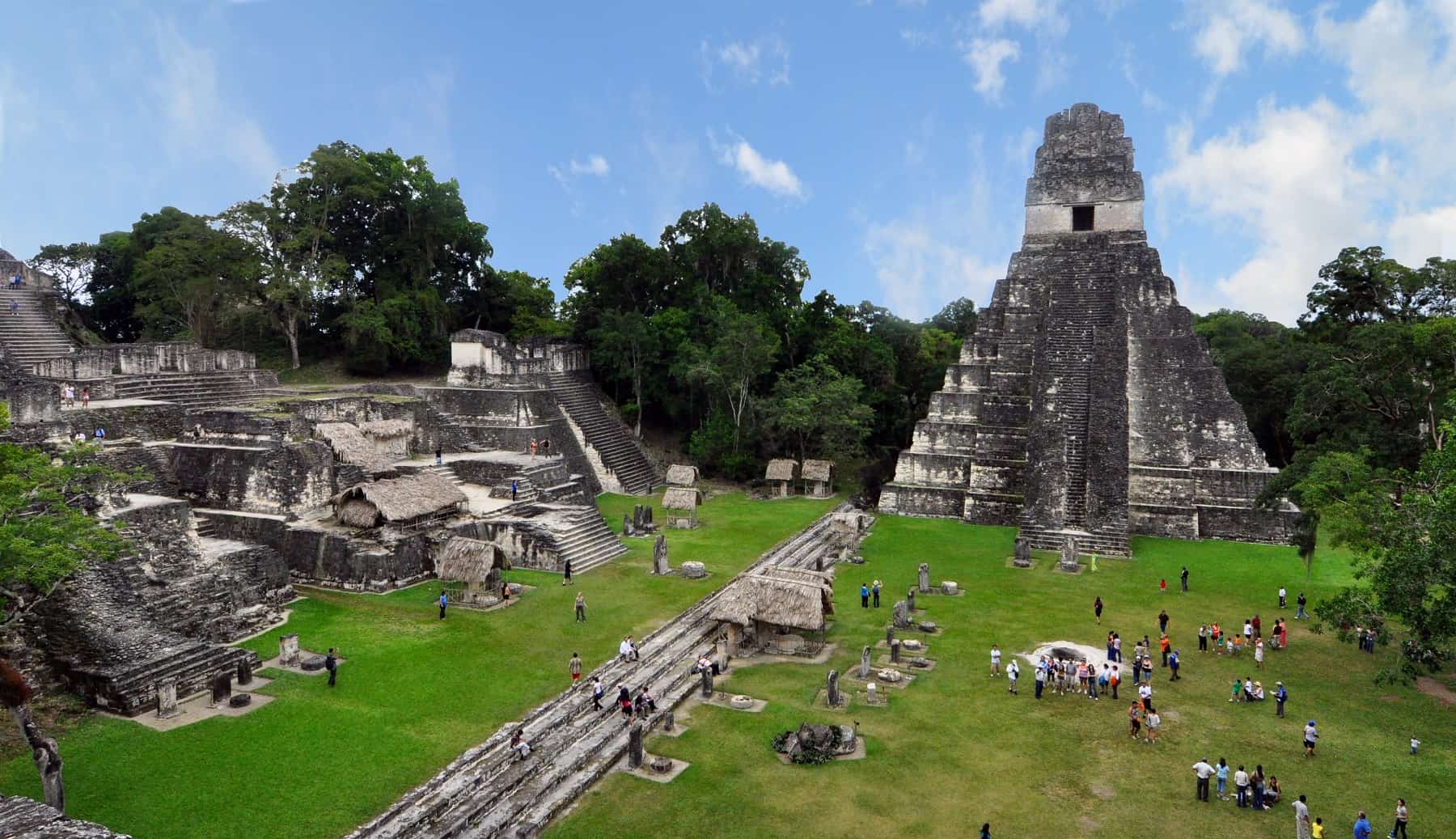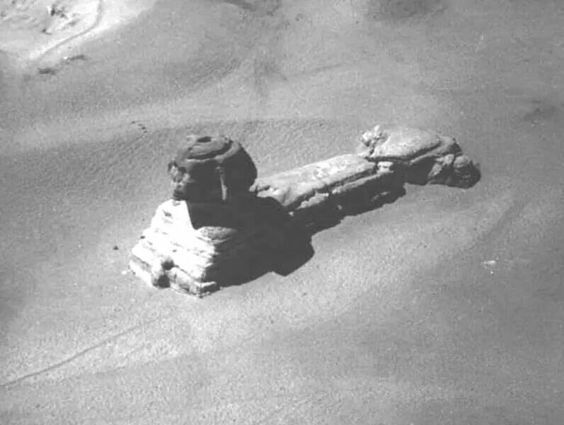
One of the most controversial subjects among many people today is the ancient Anunnaki and their influence in modern day civilization. Just as we ventured into the story behind the enigmatic 200,000-year-old city in Africa, we take a look at the Great Sphinx of Giza and its ‘possible’ connection to the Ancient Anunnaki.

What if there is more about the Anunnaki than what history is telling us?
What if thousands of years ago mysterious Gods called the Anunnaki came down from heaven and helped kick start modern day civilization?
And what if during their long stay on Earth some structures were left behind in order to honor their time on Earth?
According to many authors, proof of the existence of the Ancient Anunnaki can be found all around the globe. In this article, we take a look at the Great Sphinx of Giza, the ancient Anunnaki and the mysteries surrounding it.
The Ancient Egyptians have no records about the Sphinx being built and curiously, this ancient monument was discovered –almost entirely buried in Sand—in 1817, when the first modern archaeological dig, led by Giovanni Battista Caviglia managed to uncover the Sphinx’s chest completely.
What if one the reasons behind the lack of ‘ancient texts’ mentioning the Sphinx is because it predates the Ancient Egyptian Civilization? What if the origin of the Great Sphinx can be traced back hundreds of thousands of years, at the time when the Anunnaki ruled the Earth?
After a couple of decades, the entire Sphinx was finally excavated in 1925 to 1936 by an archaeological expedition led by Émile Baraize.
Many authors have at lest partially accepted the idea that the Great Sphinx of Giza may be one of the best examples of pre-flood civilization and pre-flood architecture around the globe.
Curiously, according to a study presented at the International Conference of Geoarchaeology and Archaeomineralogy held in Sofia titled: GEOLOGICAL ASPECT OF THE PROBLEM OF DATING THE GREAT EGYPTIAN SPHINX CONSTRUCTION, authors Manichev Vjacheslav I. (Institute of Environmental Geochemistry of the National Academy of Sciences of Ukraine) and Alexander G. Parkhomenko (Institute of Geography of the National Academy of Sciences of Ukraine) propose that the great sphinx is in fact around 800,000 years old. A Revolutionary theory that is backed up by science.
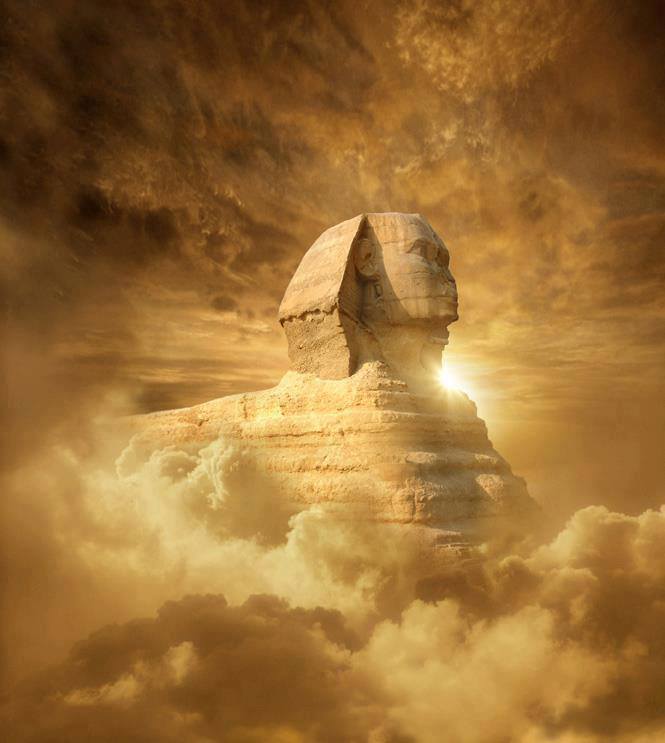
But who could have been on Earth creating such structures 800,000 years ago?
Millions of people around the globe are convinced that hundreds of thousands of years ago, advanced beings lived on our planet. Many authors and researchers refer to them as the Anunnaki: “those who from the heaven came to Earth.”
Supposedly, and according to some authors, the ancient Anunnaki were an extremely advanced ‘alien’ civilization that originated from an elusive planet in our solar system.
These mysterious beings came to Earth over hundreds of thousands of years ago and kick-started the human civilization.
But what are/were the Anunnaki?
Are they mere mythological inventions from people thousands of years ago?
Or is it possible there is evidence to support that they did, in fact, exist on Earth?
Interestingly, if we look back at the countless discoveries that have been made in the last couple of decades, we will understand that history as we know it is completely different from the reality.
The Great Sphinx of Giza is one of the most elusive archaeological structures on the planet.
Elusive we say because archaeologists have completely failed to explain who, what, and how this structures came into existence.
Interestingly, Gaston Maspero, a French Egyptologist known for popularizing the term “Sea Peoples” in an 1881 paper, wrote in the book the Dawn of Civilization “… the Sphinx could have existed since the days of the” followers of Horus,” a race of predynastic and semi-divine beings, which, according to beliefs of the ancient Egyptians had ruled thousands of years before the Pharaohs of Egypt.” (source)
There are no written records whatsoever about the Sphinx nor its creators. The biggest clues the Sphinx offers us is traces of water erosion which has led many authors and researchers to believe that this magnificent ancient statue predates the ancient Egyptian civilization.
But what makes the Great Sphinx of Giza even more impressive are its cavities and alleged chambers that are located within the monument.
Many researchers have long proposed that not only are there a few chambers located beneath the Sphinx; there are said to be a number of tunnels and complex rooms located within the Great.
Among the most extraordinary claims connected with the Sphinx is that the mythical hall of records is located right below this mysterious ancient monument.
It is said that the Hall of Records holds the key to understanding our civilization and the real history of humanity.
Mythologically, it is said to be a library buried somewhere in Egypt, and many people believe it could be located under the enigmatic Sphinx of Giza, watching tall and proud over the Pyramids of the Giza Plateau.
In the book Message of the Sphinx, Graham Hancock, and Robert Bauval state that the Egyptian government together with American archaeologists have blocked any investigations around or underneath the Sphinx, preventing anyone from locating the underground cavities and finding out what is located beneath the Sphinx.
Reference:
The Entrance to the Sphinx: Rare image shows possible entrance into the Great Sphinx of Giza
The Great Sphinx Of Giza: Evidence of a Preflood Civilization

